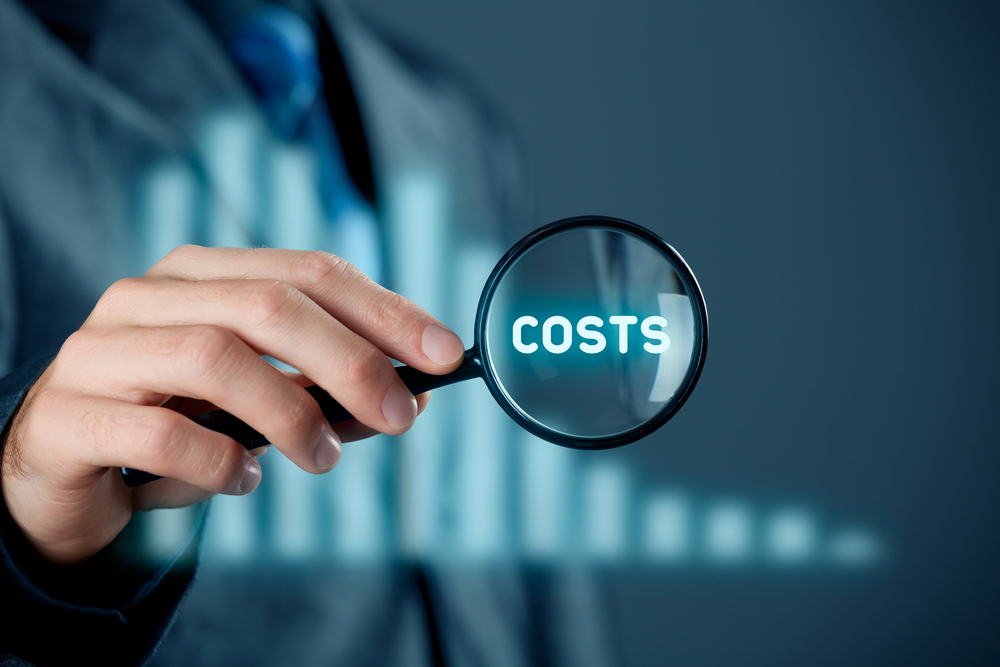Understanding Plastic Extrusions and the Extrusion Process
The plastic extrusion process, conducted with an extrusion machine like the Davis Standard or a twin screw extruder, involves melting raw plastic material—be it a thermoplastic elastomer, rigid PVC, flexible PVC, polyethylene, or high impact polystyrene—until it transforms into molten plastic. This process begins in the plastic extruder’s single screw, continues to the breaker plate, and culminates at the extrusion die. A vacuum then cools the extruded plastic, forming a continuous plastic profile.
This technique is versatile, allowing for custom plastic profile extrusion, plastic tubing, and even plastic film through blown film extrusion. It’s not only the scope of products but also the quality assurance provided that sets the plastic extrusion process apart.
The Cost-Benefit of Plastic Material and Extrusions
When comparing plastic extrusions to other materials, we need to consider two primary factors: the raw material costs and the manufacturing process costs.
The raw plastic materials used in plastic extrusions—namely thermoplastic materials—are generally less expensive than metals and some other materials. Thermoplastics also offer flexibility in design and application, which can lead to significant cost savings in the product’s lifecycle.
The extrusion process itself is relatively efficient and cost-effective compared to other manufacturing methods such as injection molding. Unlike injection molding, which requires intricate tooling and longer setup times, the extrusion operations can produce long, continuous products such as tubing or wire insulation without interruption.
The Comparative Advantage of Plastic Extrusions
It is essential to understand that the true value of plastic extrusions extends beyond the mere cost of the material or the extrusion line operations. The advantage also lies in the variety of applications it serves.
For instance, the plastic extrusion process can effortlessly manufacture both rigid and flexible products, making it a versatile choice for different industries. Thermoplastic elastomer and flexible PVC are perfect for applications requiring resilience and flexibility, like sealants and gaskets. On the other hand, rigid PVC and high impact polystyrene are excellent for applications demanding sturdiness and high impact resistance, such as in building and construction.
Moreover, with the advent of custom plastic extrusion, businesses can order plastic products tailored to their exact specifications, providing a competitive edge that outweighs the cost of the initial investment in plastic extrusions.
Wrapping Up
In conclusion, when comparing the cost of plastic extrusions to other materials, it’s not just about the price tag—it’s also about the added value. The versatility, wide range of applications, and the cost-efficiency of both the raw plastic material and the extrusion process make plastic extrusions a competitive option for many businesses. As material science and manufacturing technology continue to evolve, the role of plastic extrusions in industry is only set to grow.
Whether you’re seeking extruded plastic products for your manufacturing needs or simply exploring the potential of different materials, it’s clear that the plastic extrusion process has much to offer in terms of cost-effectiveness, versatility, and quality assurance.

